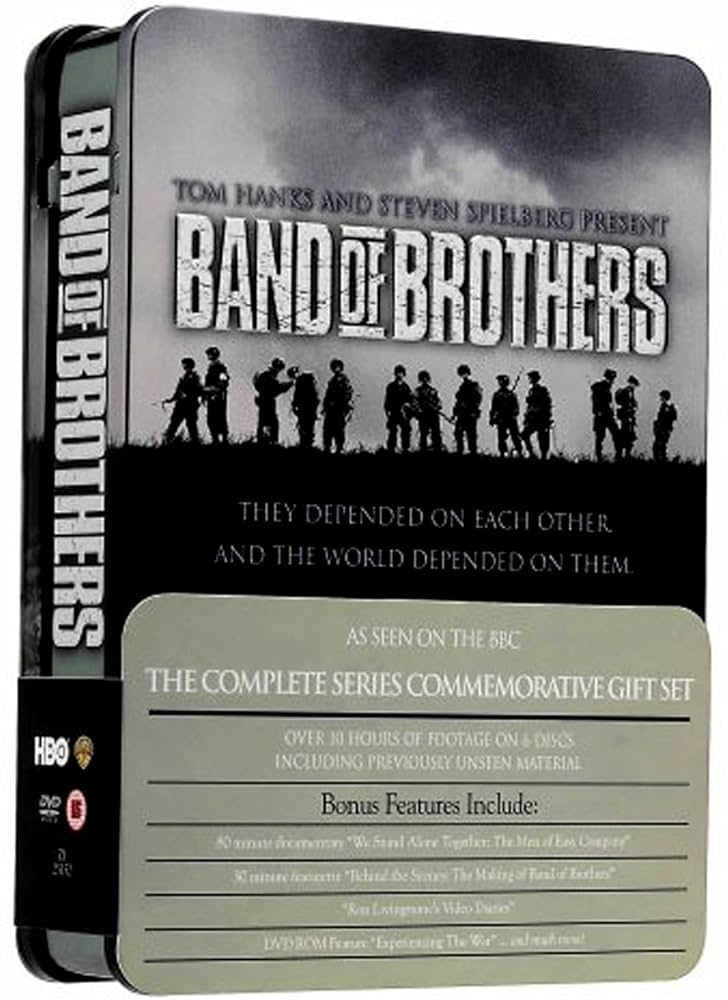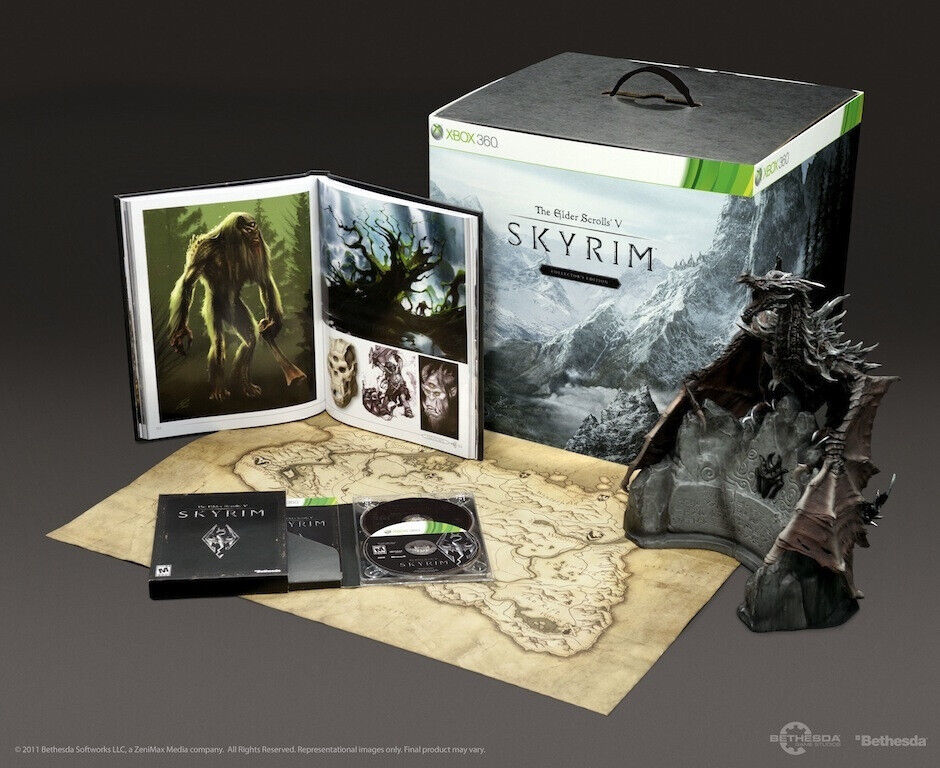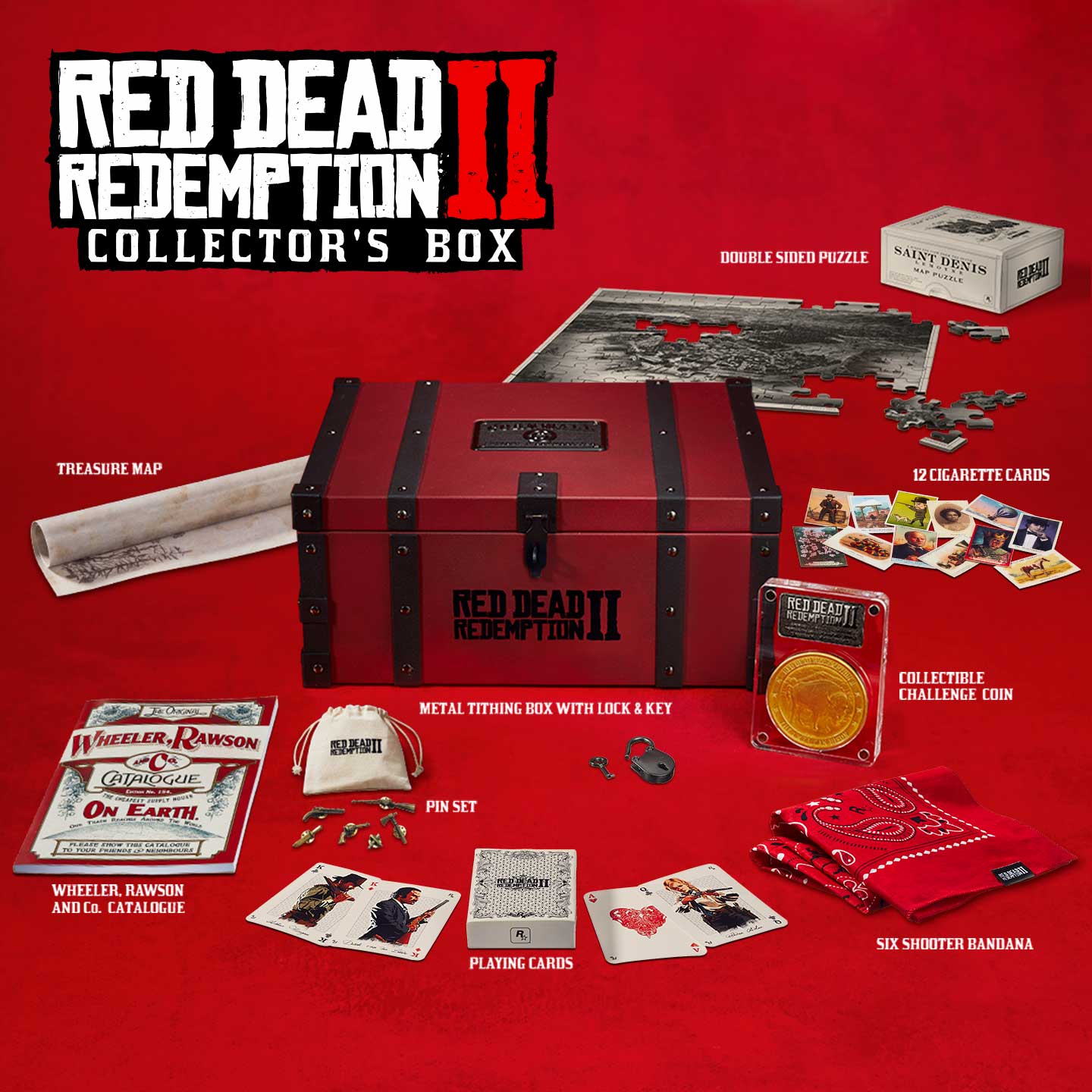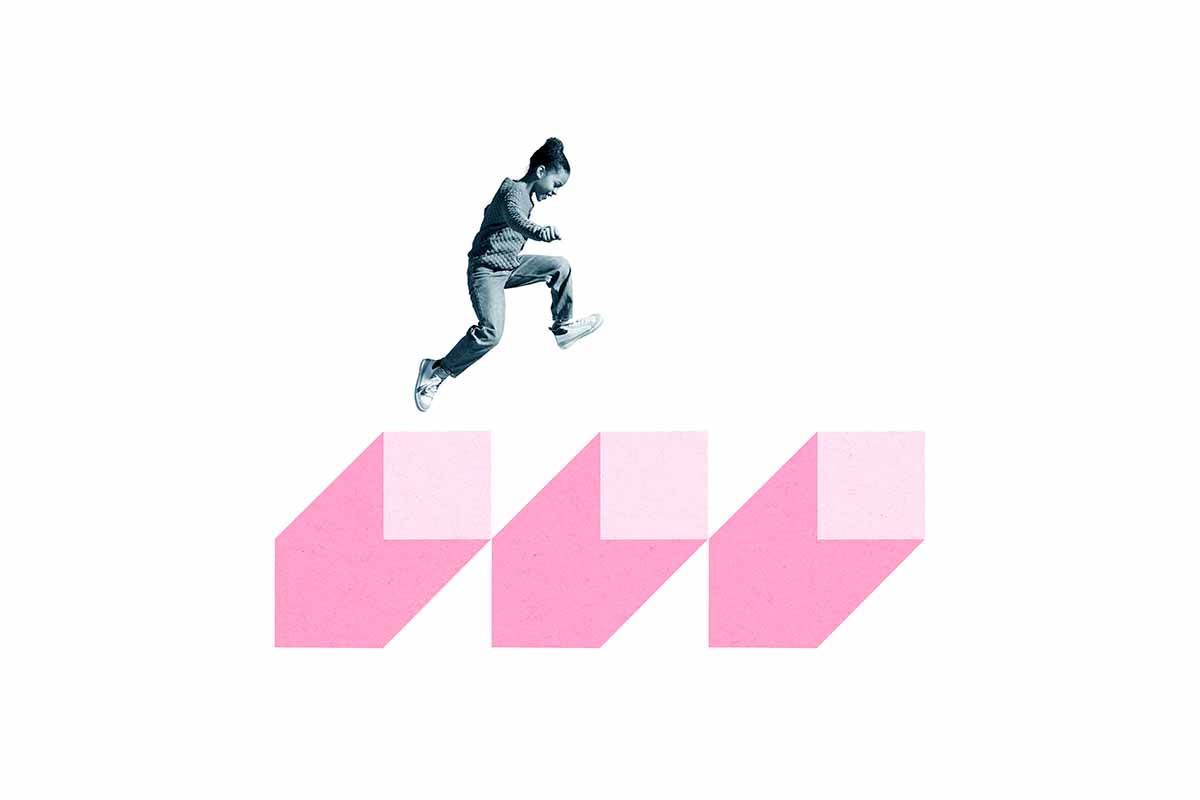For many players, buying a game is not just about gaining access to a story or a set of mechanics. It is about owning a piece of the world it creates. Collector’s editions turn digital adventures into physical experiences. They transform fans into curators. At the heart of this transformation is graphic design. It shapes not just how these editions look, but how they feel, how they are used, and how they are remembered.
The Art of the Steelbook
Few items generate excitement like a steelbook case. These limited-edition metal cases are more than functional packaging. They are standalone pieces of art. Designers often treat them as alternate canvases, using bold reinterpretations of key visuals, minimalistic compositions, or newly commissioned illustrations to create something truly exclusive.
Because steelbooks usually omit the standard branding and retail clutter, the design language can be cleaner and more expressive. Typography, texture, and finish all play important roles. A standout example is Band of Brothers’ deep grey steelbook, which features a weathered metal texture and stencilled military typography, echoing the gritty realism and period authenticity of the series. It feels both functional and commemorative, like something you might find in a soldier’s footlocker.

Physical Artefacts, Real-World Design
Collector’s editions often include physical items from the game universe. These can be maps, character journals, coins, keyrings, replica weapons, ID cards, and more. These objects bring the fictional world into the real one. Graphic design is what makes them feel authentic and meaningful.
For instance, The Elder Scrolls V: Skyrim collector’s edition includes a detailed, aged-looking map of the in-game world printed on textured parchment-style paper. The design reinforces the game’s medieval tone and feels like something the player character might carry.
Similarly, Hogwarts Legacy includes a spellbook-style display case and a levitating wand, which turns what could have been simple merch into tactile pieces of in-world magic.


These items rely on consistency. Fonts, layouts, wear-and-tear textures, and even folds or stitching all contribute to their believability. Designers consider how each item is held, stored, or displayed to ensure the illusion holds in physical space.
The Box Itself: Framing the Experience
The packaging design of a collector’s edition often determines its first impression. A well-structured box communicates value before it is even opened. Graphic designers work closely with structural packaging specialists to create something layered, immersive, and unique.
One standout example is the God of War: Ragnarök Jötnar Edition. The box opens like a shrine, echoing the narrative discoveries players make throughout the game. Inside are smaller, nested compartments containing Norse-inspired artefacts, each designed with consistent iconography and texture to feel pulled from the game’s mythological world.

Red Dead Redemption 2 took a different approach, packaging its collector’s edition inside a sturdy, red metal lockbox, similar in style to those used in the game. The exterior is embossed with decorative Western flourishes, while the interior contains items like a treasure map, bandana, and challenge coin. The choice of a lockbox is a perfect extension of the game’s setting, design language, and themes of outlaws and hidden valuables.

Design as Storytelling
In the end, collector’s editions are about connection. Great graphic design does not just decorate these packages. It extends the game’s world, deepens the storytelling, and gives players something to hold onto, literally and emotionally.
Whether it is a steelbook that reimagines a game’s artwork, a replica map designed to look ancient, or a box that feels like part of the narrative, design is what turns these editions from merchandise into memorabilia. As the gaming industry continues to grow in cultural value, the role of thoughtful design in collector’s editions will only become more important.
These kinds of designs have a lot in common with movie posters, both have to capture attention, tell a story, and feel instantly iconic. If you’re interested in what makes a great poster work (and what doesn’t), check out our blog on movie poster design here
For many players, buying a game is not just about gaining access to a story or a set of mechanics. It is about owning a piece of the world it creates. Collector’s editions turn digital adventures into physical experiences. They transform fans into curators. At the heart of this transformation is graphic design. It shapes not just how these editions look, but how they feel, how they are used, and how they are remembered.
The Art of the Steelbook
Few items generate excitement like a steelbook case. These limited-edition metal cases are more than functional packaging. They are standalone pieces of art. Designers often treat them as alternate canvases, using bold reinterpretations of key visuals, minimalistic compositions, or newly commissioned illustrations to create something truly exclusive.
Because steelbooks usually omit the standard branding and retail clutter, the design language can be cleaner and more expressive. Typography, texture, and finish all play important roles. A standout example is Band of Brothers’ deep grey steelbook, which features a weathered metal texture and stencilled military typography, echoing the gritty realism and period authenticity of the series. It feels both functional and commemorative, like something you might find in a soldier’s footlocker.

Physical Artefacts, Real-World Design
Collector’s editions often include physical items from the game universe. These can be maps, character journals, coins, keyrings, replica weapons, ID cards, and more. These objects bring the fictional world into the real one. Graphic design is what makes them feel authentic and meaningful.
For instance, The Elder Scrolls V: Skyrim collector’s edition includes a detailed, aged-looking map of the in-game world printed on textured parchment-style paper. The design reinforces the game’s medieval tone and feels like something the player character might carry.
Similarly, Hogwarts Legacy includes a spellbook-style display case and a levitating wand, which turns what could have been simple merch into tactile pieces of in-world magic.


These items rely on consistency. Fonts, layouts, wear-and-tear textures, and even folds or stitching all contribute to their believability. Designers consider how each item is held, stored, or displayed to ensure the illusion holds in physical space.
The Box Itself: Framing the Experience
The packaging design of a collector’s edition often determines its first impression. A well-structured box communicates value before it is even opened. Graphic designers work closely with structural packaging specialists to create something layered, immersive, and unique.
One standout example is the God of War: Ragnarök Jötnar Edition. The box opens like a shrine, echoing the narrative discoveries players make throughout the game. Inside are smaller, nested compartments containing Norse-inspired artefacts, each designed with consistent iconography and texture to feel pulled from the game’s mythological world.

Red Dead Redemption 2 took a different approach, packaging its collector’s edition inside a sturdy, red metal lockbox, similar in style to those used in the game. The exterior is embossed with decorative Western flourishes, while the interior contains items like a treasure map, bandana, and challenge coin. The choice of a lockbox is a perfect extension of the game’s setting, design language, and themes of outlaws and hidden valuables.

Design as Storytelling
In the end, collector’s editions are about connection. Great graphic design does not just decorate these packages. It extends the game’s world, deepens the storytelling, and gives players something to hold onto, literally and emotionally.
Whether it is a steelbook that reimagines a game’s artwork, a replica map designed to look ancient, or a box that feels like part of the narrative, design is what turns these editions from merchandise into memorabilia. As the gaming industry continues to grow in cultural value, the role of thoughtful design in collector’s editions will only become more important.
These kinds of designs have a lot in common with movie posters, both have to capture attention, tell a story, and feel instantly iconic. If you’re interested in what makes a great poster work (and what doesn’t), check out our blog on movie poster design here




